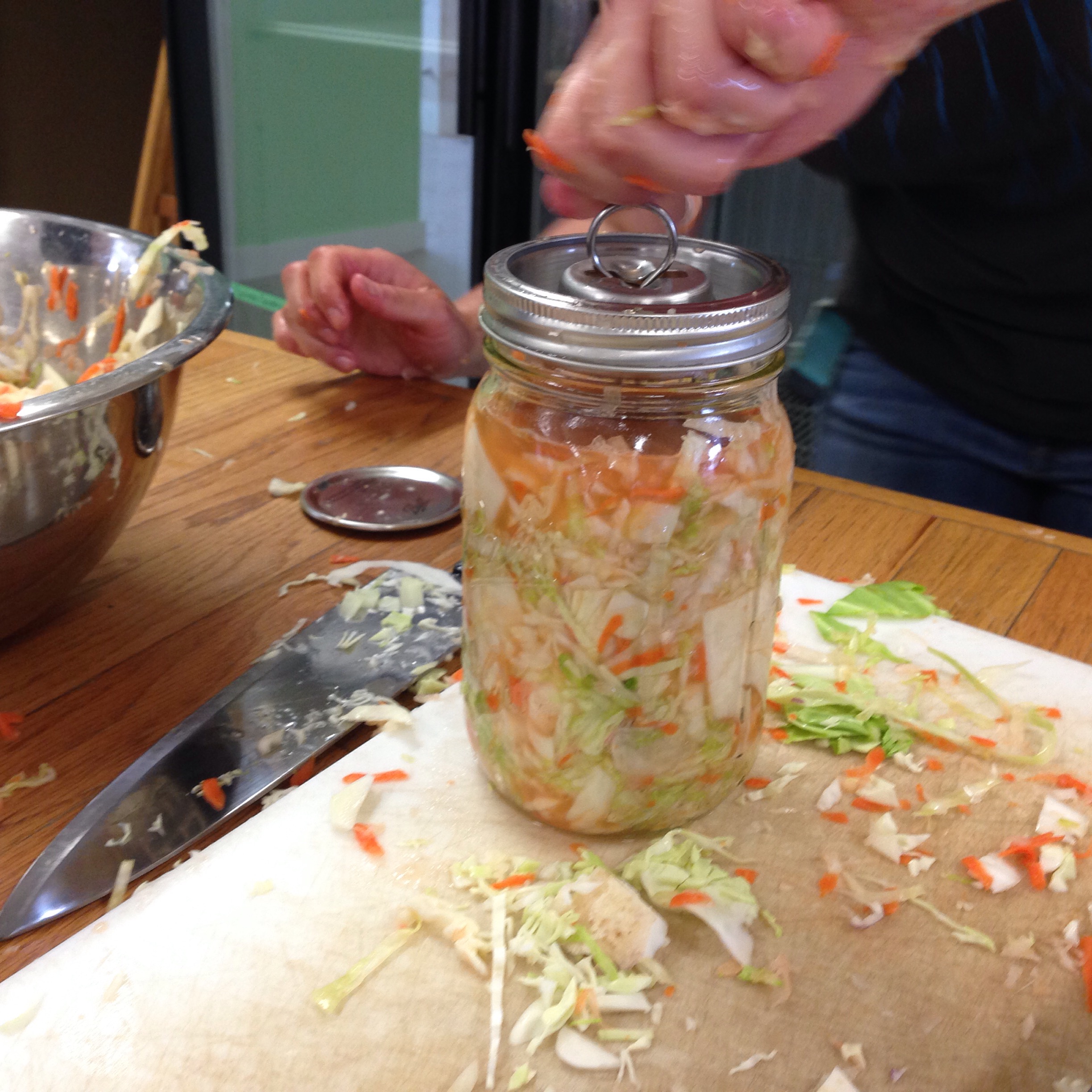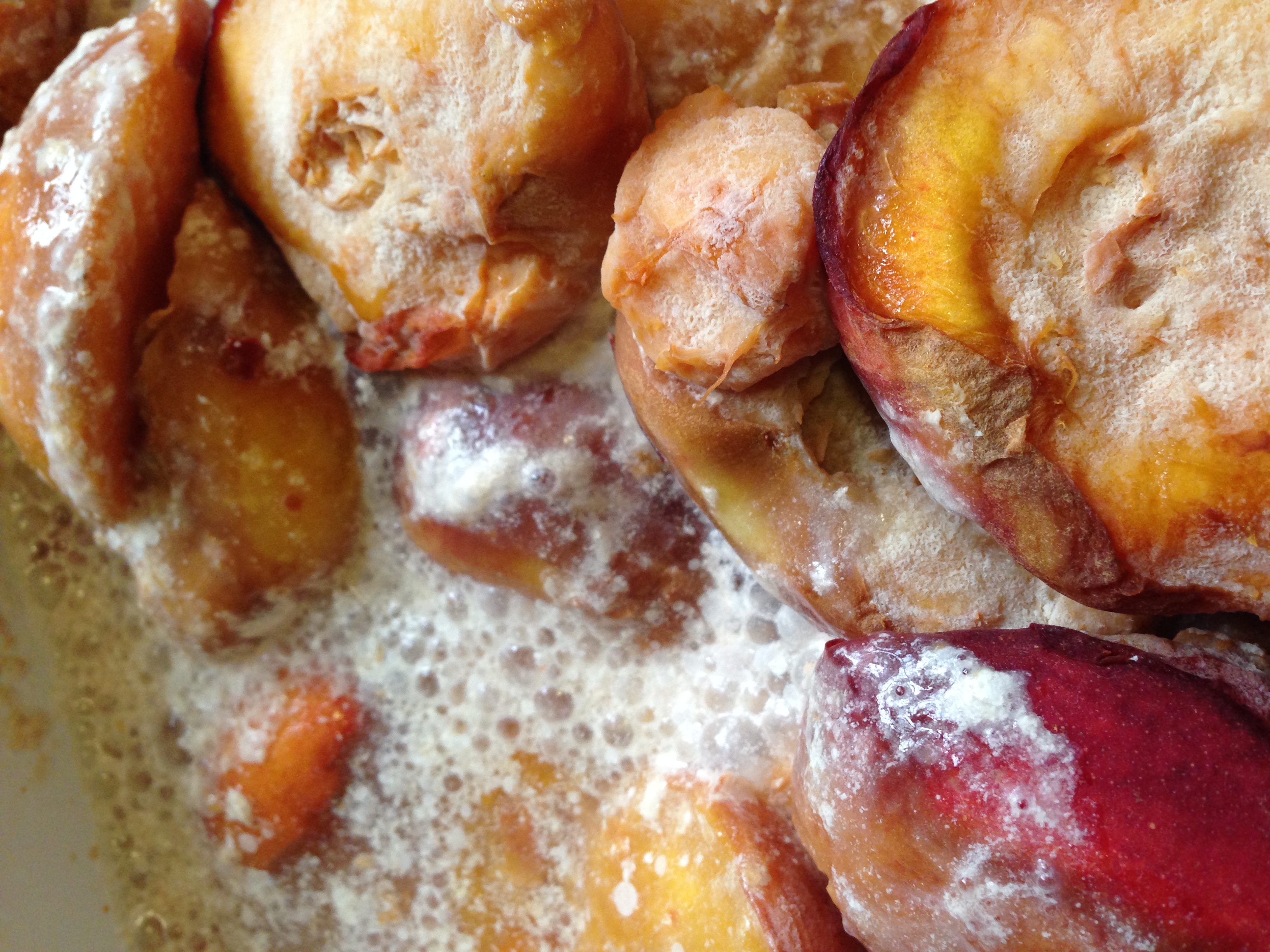June began like the Sahara in Middle Tennessee. The mercury was spiking to nearly 100° and the earth was shriveling beneath our feet along with our peppers and tomatoes. I was scheduled to go on a press trip to Ann Arbor, Michigan. Knowing if I didn’t water, feed and protect my garden, all that hard work would go down the drain. The night before my flight, I was out there sweating and swatting trying to get it all done. Out came Pank and Emma with a cold, refreshing Sauvignon Blanc. That’s how we spend our summer evenings in the garden. We take turns sweating and swatting. Somewhere in the middle, we find time to savor the moment.
If it’s hot and dry in your neck of the woods, make sure to water your vegetables early in the morning. Give them a good soak at the base of the plants and don’t forget to feed them. We use a tea consisting of 1 part manure to 5 parts water. Let the tea “cook” in the sun for a day or so and then water generously. Watering during midday will do more harm than good. The water acts as a magnifying glass with the sun and scorches the garden foliage. Due to evaporation, your efforts will be useless and your water supply depleted. An occasional evening soak is fine, but try to resist a nightly regime as this is prime time for mold, mildew and other fungi to grow. Spores are all around us and an occasional outbreak will indeed happen. When it does, there are plenty of organic fungicides on the market. But you can always start with 9 parts water to 1 part hydrogen peroxide. Whatever your preferred method, make sure to clean up dead and diseased debris around the plants.
By mid-June, our garden was filling in nicely and babies were growing on the plants. Our vision was becoming a reality. I’d walk out the back door with hoe in hand and Pank would gas up the tiller. Emma wasn’t too far behind, surveying the land. I remember one evening watching our sweet old girl and wondering if she would make it to harvest. Dusting with diatomaceous earth became a weekly chore. As so had suckering, tying and weeding. Still sweating and swatting, we savored.
Suckering: pinching back shoots on a plant to allow vigorous growth.
Tying: as a plant grows tall it will need to be staked and tied to avoid taking a nose dive.
Diatomaceous Earth: an off white talc-like powder that is the fossilized remains of marine phytoplankton that will kill many garden pests but not mammals.
As the winds and rains blew in the latter part of June, we couldn’t believe the bounty that was to be harvested. The last weekend in June, there was the sweetest summer breeze. Looking back, I truly think it was the Universe giving us a gift. There was no sweating or swatting. There were only long cuddles, kisses and tears in the garden. Our precious dog baby Emma was dying. All I could do was look at beans on the bushes and squash on their vines needing to be picked and the tomatoes needing tying. I could NOT stay on top of things.
It has been a week of healing and you all have been so sweet with your cards, emails, and visits. Thank you so much. This morning, as I picked a mess of beans and dusted the garden, I wiped my brow and relished in the July morning air. A bee lit upon a sunflower and I sent gratitude out into our garden.
My good friend and co-author, Alisa Huntsman has been working hard in her Virginia garden. We have collaborated to tell this series of stories. Please visit her at Will Garden For Cake to see what she’s been up to. Huntsman has some great shots of critters and such that you should watch out for in order to stay on top of things in the garden.
While in Ann Arbor, I visited The Brinery. Here they support their local economy and agriculture by collaborating with local farms and businesses to make a delicious and healthful array of fermented foods. Bringing what I learned home, I have become a fermenting fool. You can ferment just about any fruit or vegetable with the help of salt/sugar, pressure and time.
What better way to preserve all that squash that’s coming in…
Layer vegetables, herbs and spices in a 1/2-gallon crock. Pour a solution of 8 cups distilled water with 6 tablespoons of non-iodized salt over the vegetables. There should be about 2 inches of liquid on top. As long as air does not hit the vegetables during fermentation, the lactobacillus bacteria thrive. Lactobacillus is the “good” bacteria that helps keep us healthy. Fill a ziplock bag with distilled water and double bag it to protect ferment from leakage. Then use the bag as a weight to keep the veggies submerged. Fermentation will be complete in 5-10 days when there are no more bubbles. For more information on fermentation, visit wildfermentation.com






